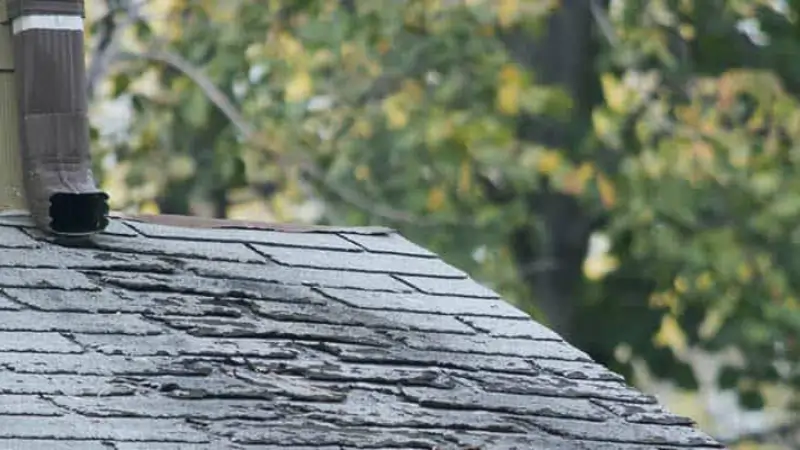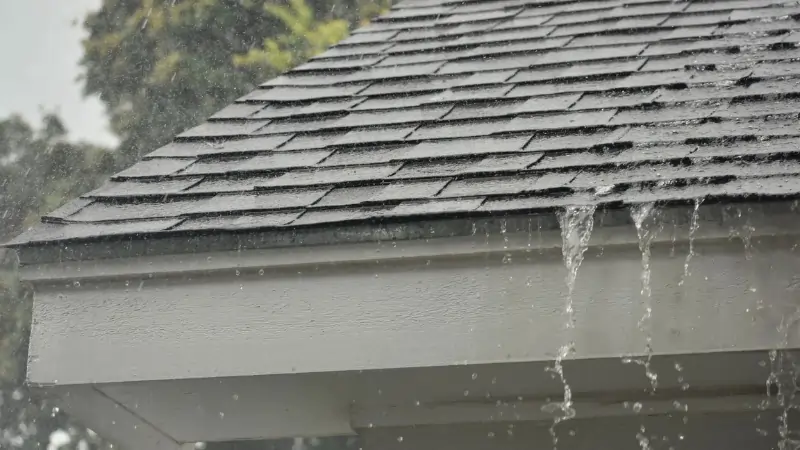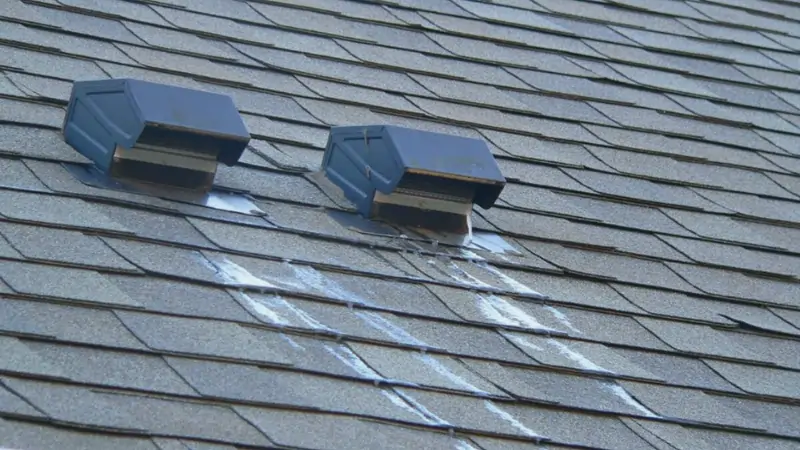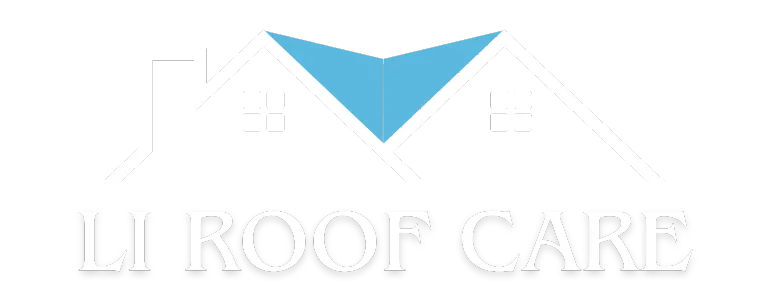How to Repair a Roof Leak (Step-by-Step Guide)
Want to know how to repair roof leak? Roof leaks can cause big problems if you ignore them. Water gets in and damages your home inside. So, fixing them quickly keeps everything dry and safe.
Many people face this issue after heavy rain. You need basic tools like a ladder and flashlight to start. Then, follow steps to find and patch the leak right away.
First, check for signs inside your house. Next, go outside to locate the source. Finally, make the roof repair Long Island and test it during the next rain.
Spotting the Signs of a Roof Leak

Leaks often show up in ways you can see or smell. For instance, look up at your ceiling after a storm. However, some signs hide in places like the attic.
You might hear dripping sounds too. Therefore, pay attention to changes in your home. And always inspect after bad weather hits.
Early detection stops more damage from happening. So, walk around your house regularly. Besides, this habit saves money on big repairs later.
Water stains on ceilings or walls
Brown spots on ceilings mean water has seeped through. These stains grow bigger over time if the leak continues. So, mark the spot and trace it upward to the roof.
Walls can get wet spots too, especially near the top. For example, peel back wallpaper to check for dampness. Then, dry the area to prevent mold growth.
Take photos of the stains for records. Moreover, note the weather when they appear. This helps link them to roof issues directly.
Damp attic or musty odors
A wet attic floor or insulation signals a leak above. You can feel the moisture with your hand. Therefore, use a flashlight to look for dark patches on wood.
Musty smells come from mold starting to grow. However, ventilation helps reduce this risk. And clean up any standing water right away.
Inspect rafters for rot as well. So, poke soft spots with a screwdriver. Besides, replace damaged parts to keep the structure strong.
Drips during rainstorms
Water dropping from the ceiling during rain is a clear sign. It usually happens in the same spot each time. So, place a bucket underneath to catch it.
Listen for the sound in quiet rooms. For instance, it might start slow and get faster. Then, follow the drip path to find where it enters.
Dry the area after the storm ends. Moreover, check for more drips in nearby spots. This ensures you catch all possible leaks early.
Finding the Source of the Leak

Start inside by noting where water shows up. Then, climb to the attic and look directly above that spot. However, wear safety gear like gloves and a mask.
Outside, examine shingles for cracks or missing pieces. For example, use binoculars first for a safe view. And walk carefully on the roof if you must go up.
Check flashings around chimneys and vents too. So, feel for loose seals. Besides, clear debris like leaves that hold water.
Look at gutters for clogs that cause backups. Therefore, clean them out regularly. This step often reveals hidden leak causes.
Simple Roof Leak Repairs You Can Do Yourself
Gather tools such as roofing cement and patches. First, clean the damaged area well. Then, apply the fix in dry weather for best results.
For small holes, spread cement over them. However, press a patch on top for extra strength. And smooth it out to blend with the roof.
Test the repair by spraying water from a hose. So, watch inside for any new drips. Moreover, redo if needed before the next rain.
Larger issues might need new shingles. For instance, slide one under the old layer. This method keeps water out effectively.
Quick Temporary Fixes to Stop Water Damage

Sometimes you can’t do a full repair right away. So, use quick methods to hold off damage. Then, plan for permanent work soon after.
Cover the leak area outside with a tarp. For example, nail it down securely. This blocks rain until you fix it properly.
Inside, set up buckets or plastic sheets. However, empty them often to avoid spills. And ventilate to dry things out faster.
Using roofing tape, tarps, or sealant
Roofing tape sticks over cracks easily. Just peel and press it on clean surfaces. So, it seals fast for short-term protection.
Tarps work for bigger areas. Secure them with weights or ropes. Then, check them after wind to ensure they stay in place.
Sealant fills gaps around pipes or vents. Apply it with a caulk gun. Moreover, let it dry before testing with water.
Containing drips inside until repairs are complete
Place containers under active drips. Line them with towels for quiet catching. Therefore, this prevents floor damage.
Use plastic sheeting to direct water flow. Tape it to walls or ceilings. And guide it to a drain if possible.
Monitor the setup during storms. So, adjust as needed. Besides, this buys time for outside repairs.
Preventing Future Roof Leaks
Regular checks keep your roof in good shape. For instance, inspect twice a year. Then, fix small problems before they grow.
Clean gutters to let water flow away. However, hire help if heights scare you. And trim trees that hang over the roof.
Choose quality materials for any work. So, they last longer against weather. Moreover, seal all joints well.
Add better ventilation in the attic. This reduces moisture buildup. Therefore, it helps avoid leaks from inside issues.
When to Call a Professional Roofer
Some leaks are too complex for DIY. For example, steep roofs need expert skills. So, call pros for safety reasons.
If damage spreads wide, get help. They have tools like infrared cameras. Then, they find hidden sources quickly.
Look for licensed roofers with good reviews. However, ask for estimates first. And check their insurance coverage.
Pros handle warranties on materials too. Therefore, their work often comes guaranteed. This gives peace of mind.
Final Thoughts On How to Repair Roof Leak
Fixing a roof leak saves your home from harm. You can handle simple ones yourself. However, know your limits and seek help when needed.
Stay proactive with maintenance. So, small issues don’t turn big. And enjoy a dry, safe space above.
Remember, quick action matters most. Therefore, address signs right away. This approach keeps repairs easy and costs low.



